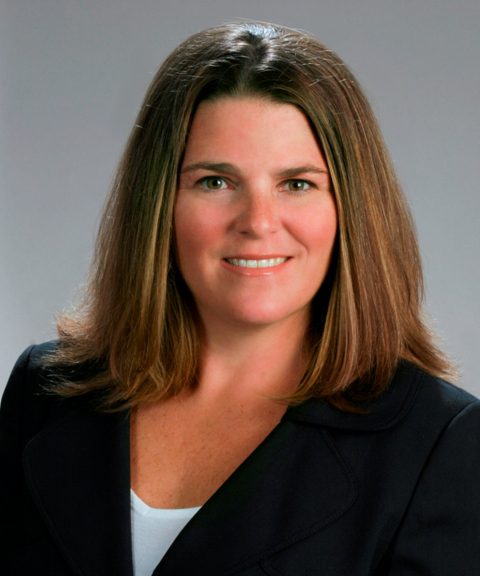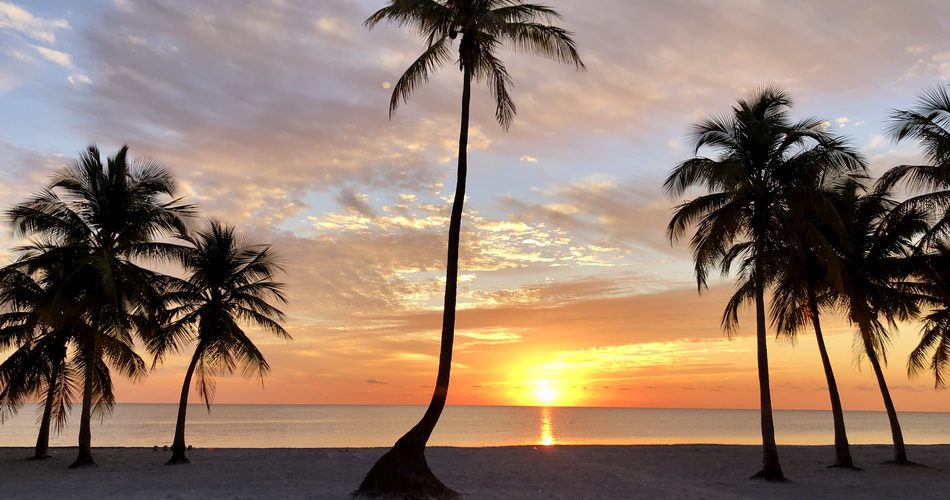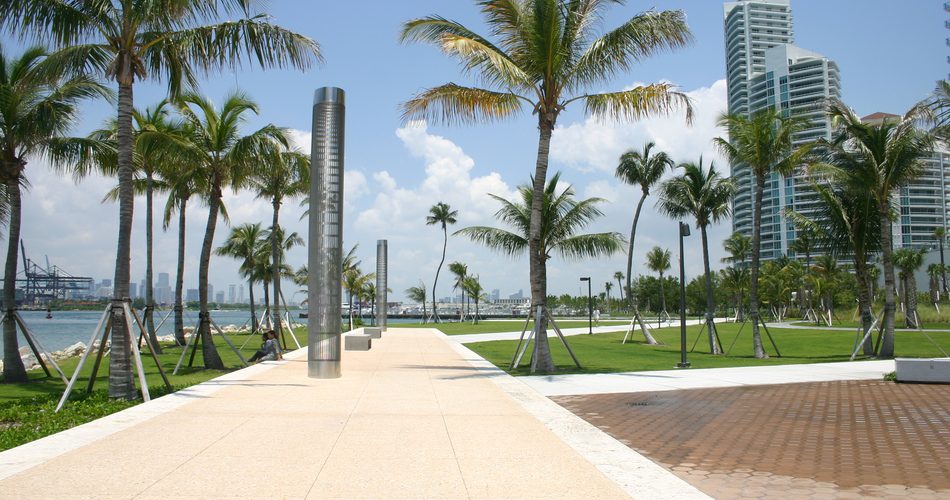WITH SOME 30 YEARS OF INDUSTRY EXPERIENCE, LEAH SOKOLOWSKY, LOCATION MANAGERS GUILD INTERNATIONAL MEMBER, DISCUSSES HER CREATIVE PROCESS AND THE EVER-CHANGING ROLE OF A LOCATION SCOUT

Leath Sokolowsky, Location Managers Guild International Member
Back when Leah Sokolowsky was growing up, her advertising creative director father would often take her on commercial shoots. It was during one of those outings at a ranch in Los Angeles that The A Team just so happened to be shooting nearby. Sokolowsky was immediately smitten — with the shooting of a television show and not necessarily the A team itself — and once back home in Florida turned her attention towards a career in the film industry. “I got the bug, and it bit me hard, she says. After an internship at the then new Palm Beach County Film and Television Commission, she met the location manager of Miami Vice. It was Sokolowsky’s prowess with an Apple computer that got her hired. “She took me under her wing and the rest is history,” recalls Sokolowsky.
Some 30 years and a ton of jobs later, Sokolowsky is still smitten with her career as a location scout and manager — whether it’s working on a large feature film project like Oliver Stone’s Any Given Sunday or the more recent The Marvelous Mrs. Maisel. Here, she offers scouting tips, lessons learned and her unique perspective on the role of a location scout today.
Do you have a specialty?
Working in Florida, which has become kind of a third area as it’s no longer a production zone, we tend to take what comes along. I do everything from small intimate photo shoots to feature films and everything in between. Typically, people find their niche and stick with it. But being that we have become less of a production center and more of a location destination, I have to be flexible and adapt. It was important to stay in a place I love and try to I eke out a career doing something I love. I’ve been fortunate in that I’ve been able to do that.
There were periods where it has been difficult, but I love doing a little bit of everything. If you get sick of TV, you can go do commercials. If you get sick of commercials, you can hop on a feature. It’s nice because every project has a different pace and crew that presents a different feeling. Even the regular positions have different responsibilities. Each project has a different set of parameters, so you learn to deal with all of those things.
How did you become good at your job?
Practice, practice, practice and years of experience. Some people are born with a natural eye and know how composition works and can see it and some of us must work a bit more diligently and push the envelope as far as the photography and the location search. Ultimately you should have a few key visual elements that are guiding you on a project. That can range from anything from a style of architecture to color to emotion. It depends on the project.
What are the factors you consider when scouting a location?
As scouts, we work very closely with the creative team. We lean on the directors, designers, art directors and sometime the producers. We are trying to provide a backdrop of colors that enhance whatever story the creative team is trying to tell. The visual is typically the first thing that drives us, but then there are budget and time constraints. We won’t be scouting huge mansions if there’s a tight budget. Or if you need to turn a permit around in three days, you’re going to be zooming in on areas that can accommodate that time frame. How I scout for a 10-person photo shoot is very different from how I scout for a huge feature film that might have 50 pieces of large equipment. Scouting and managing is one of the few jobs that you can’t really say it’s left or right brain. It is creative and artistic and very rewarding on that side, but it’s also very logical, and process- and task-oriented.
What are some of the most important lessons you’ve learned?
Never take anything for granted. No matter how much everything stays the same, everything is always changing in the location world. You scout a beach and it’s always available and cheap. But then they get a new event schedule on the day you want to shoot. You look at a hotel and you talked to the person who has always been there, but then they changed ownership and maybe they’re not as film-friendly or maybe they’re more film-friendly. If it’s somewhere that shut you down before, it doesn’t hurt to call or email. Even if you know the rules in place for a certain municipality, you always double check to make sure nothing has changed. You always must make sure you check parameters for every single location and do your due diligence.

Crandon Park Beach
How has your profession changed since you started?
I got my first job because I knew how to use a Mac. Back then, we didn’t have fax machines or cell phones. We used typewriters. We drew maps by hand and wrote down directions. I had a street finder book that I would map out everywhere I was going. I would write notes on every page of stuff like where fire hydrants and payphones were, and I always had to carry a roll of quarters.
That being said, my particular job has sped up. The rate at which we need to find the locations, get permits and get everything done has increased exponentially. You have to be super digital savvy from taking and uploading photos to using all the up-to-date sites and software. You have to know how to map and tag things so people can find them. We deal with a lot more legal, insurance and risk management. There’s also a lot more responsibility on the management side. It’s changed incredibly. A lot of people have phased out because they haven’t been able to keep up with those things or didn’t want to.
We are like ninjas; in and out and we are trying to not be seen. It is awesome but people don’t understand what location professionals do and that goes for people who have been in the industry for a long time. It’s a very hard job because you are the first public-facing face, and you have to mediate between the needs of production and the community in which you work.
What is an example of needing to adjust your expectations based on a creative or logistical decision?
It’s always interesting to see how everything ends up in the final cut, especially knowing the extent to which you went to find a location or to clear something that was super important, only to find that have been completely cut. That’s always gut wrenching. We are just a part of the process.
How has updated technology and the transition from film to digital affected the locations you scout or how they appear onscreen?
The advent of digital affects technology and has allowed them to utilize a vision of the effects team. It has really helped make locations less invasive and it also allows for smaller crews to go in and capture beautiful areas that might be difficult for a whole crew to travel to. Through the magic of effects, you can digitally enhance the actors and make it appear that everything is taking place there.
How has the streaming model changed how you approach the creative process?
It has created this amazing desire for high-quality television. Streaming is almost a mix between what was traditionally old movie style and television. A lot of it is focused on location. Look at Succession or shows in Florida like Bloodline, Baller, The Marvelous Maisel and American Crime Story. We got to show off our beautiful state. The streaming process has been great for my profession, and I think it’s been great for TV too.
What are you most excited about in regard to the future of location scouting?
The golden age of television is really laser-focused and people are wanting to shoot. I’m excited that people are exploring other areas, stories and diverse cultures. Nowhere is off limits. Sometimes it’s the not so beautiful places where you can find the most beauty.



